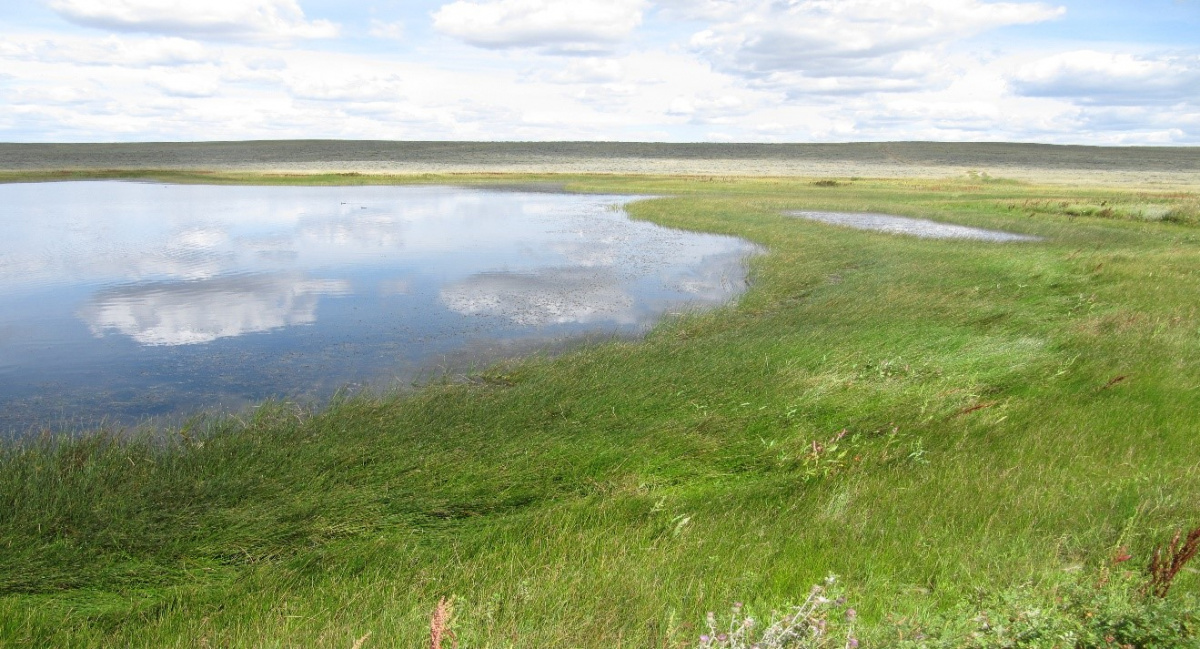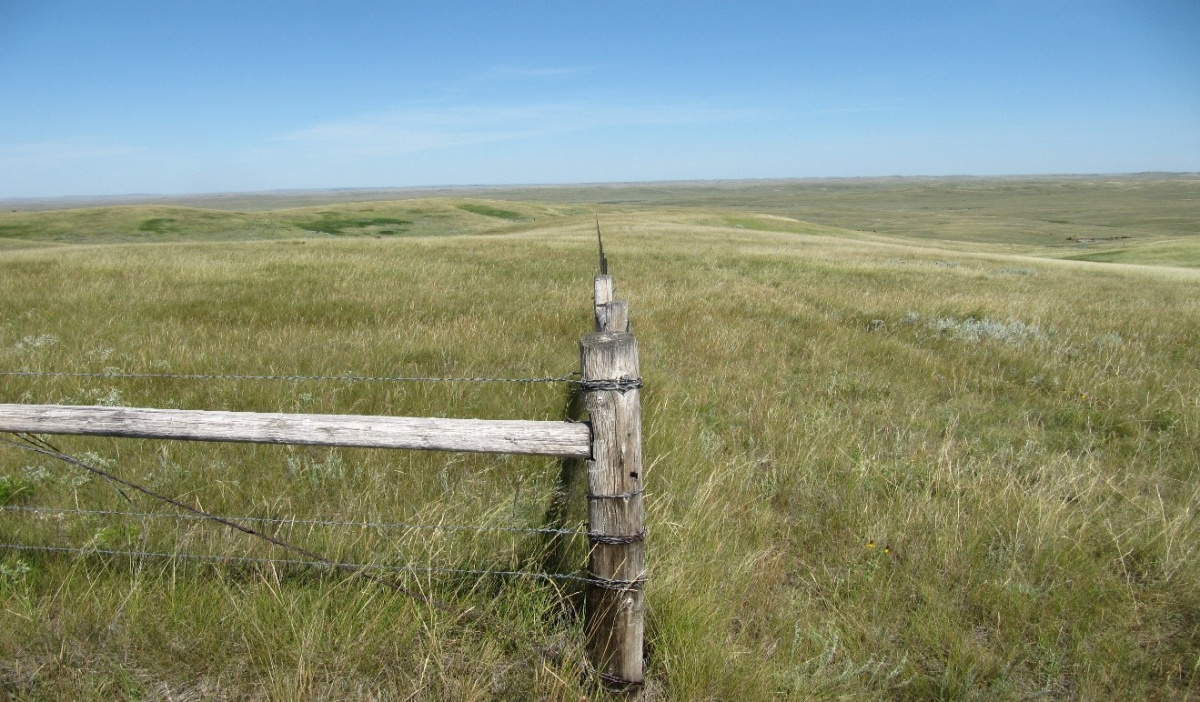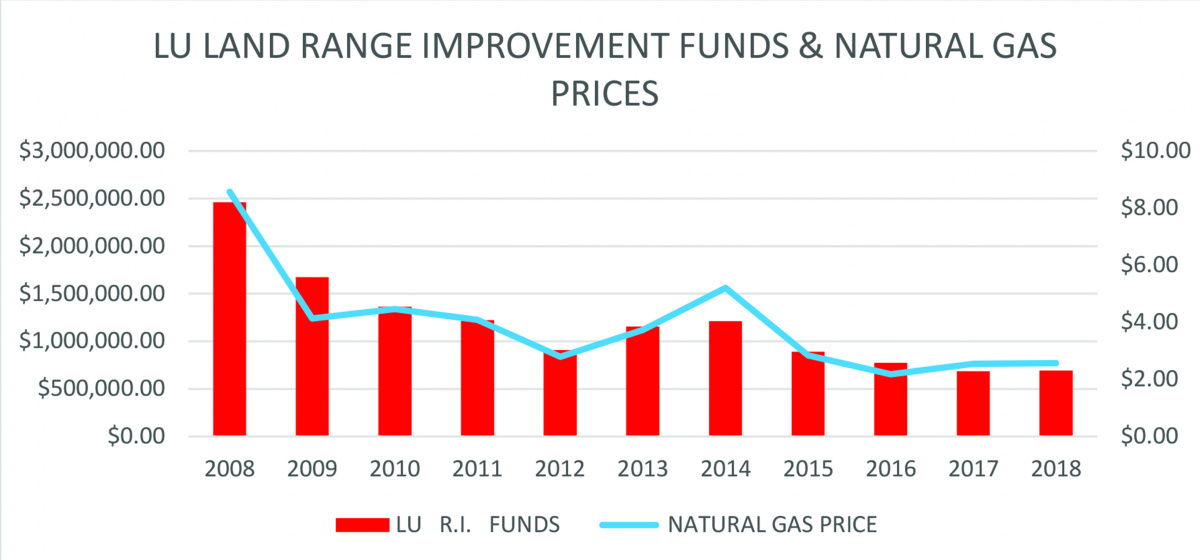Related Stories
- Monument map earns ‘finalist’ honors in global GIS awards
- BLM Fire and National Conservation Lands managers collaborate to meet shared goals
- Recreation for all: Accessibility on Montana-Dakotas public lands
- North Central Montana District employees celebrate new adoption
- BLM Billings Field Office works with state agencies in Montana to conduct bat surveys

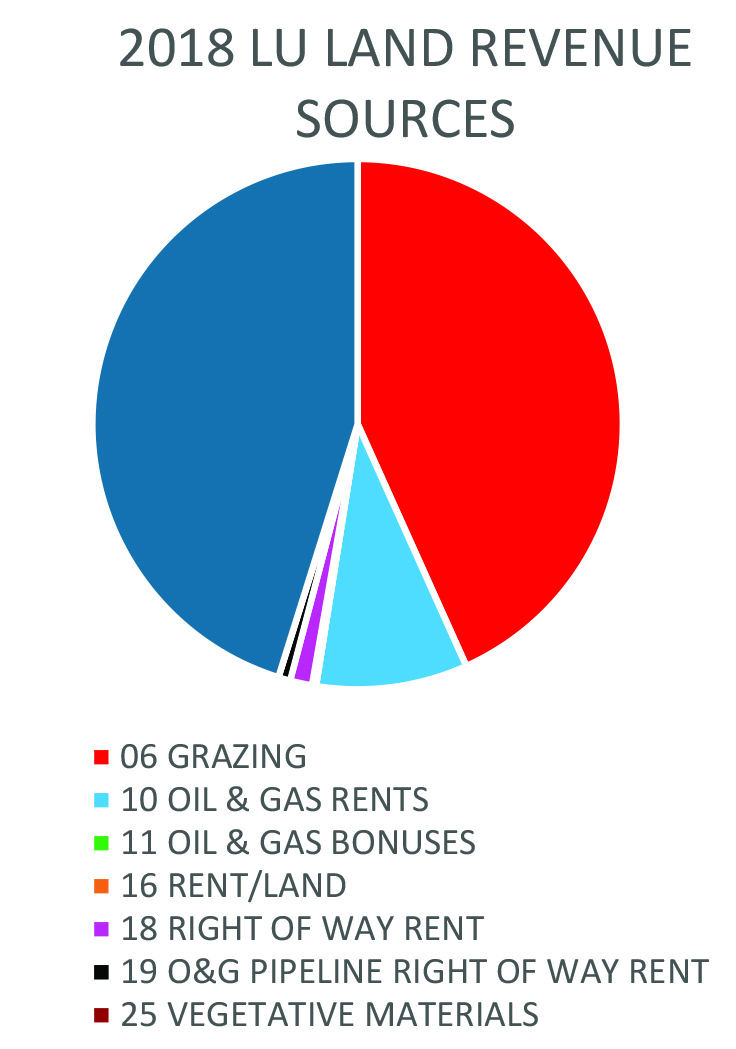
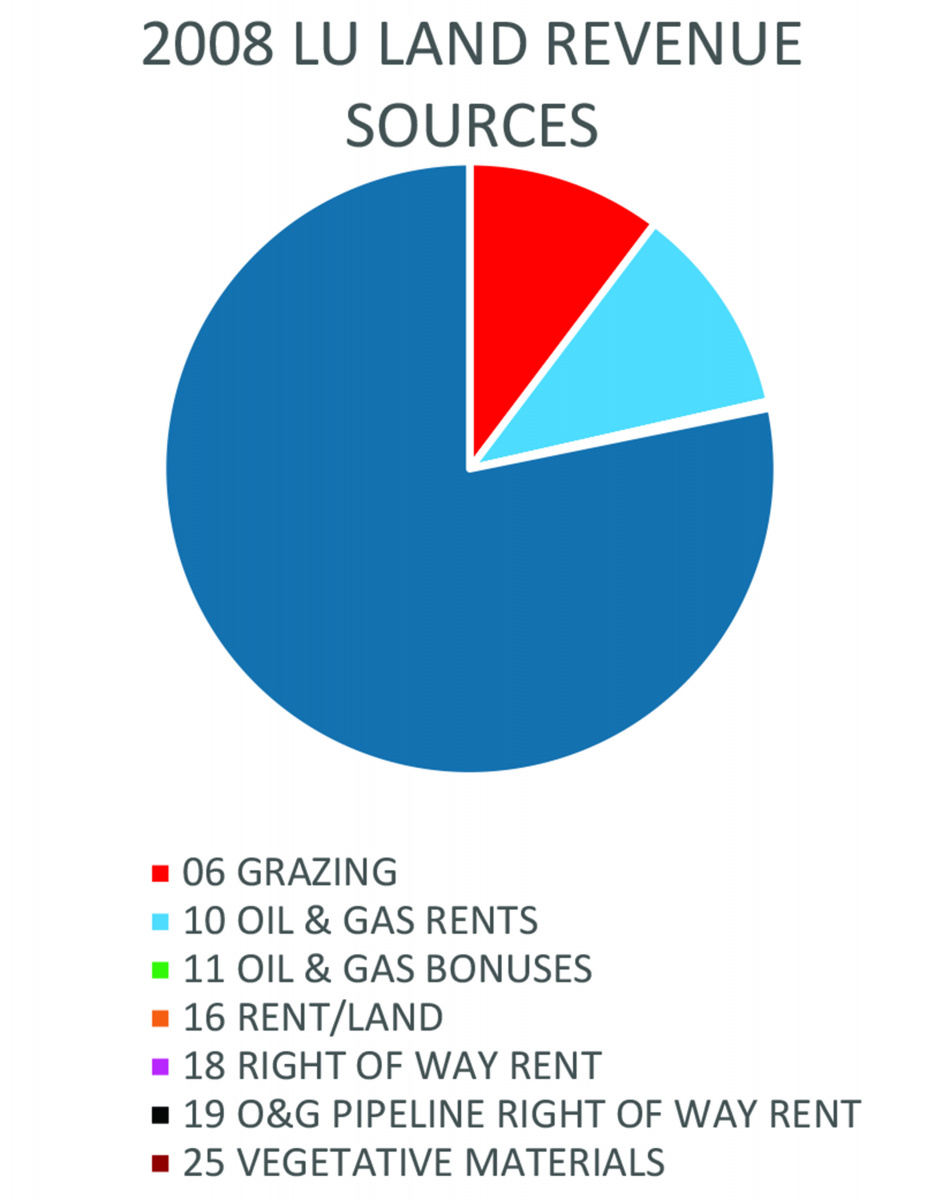 improve public rangelands to proper functioning condition. Range improvements are one tool the range program uses to attain this goal.
improve public rangelands to proper functioning condition. Range improvements are one tool the range program uses to attain this goal. 